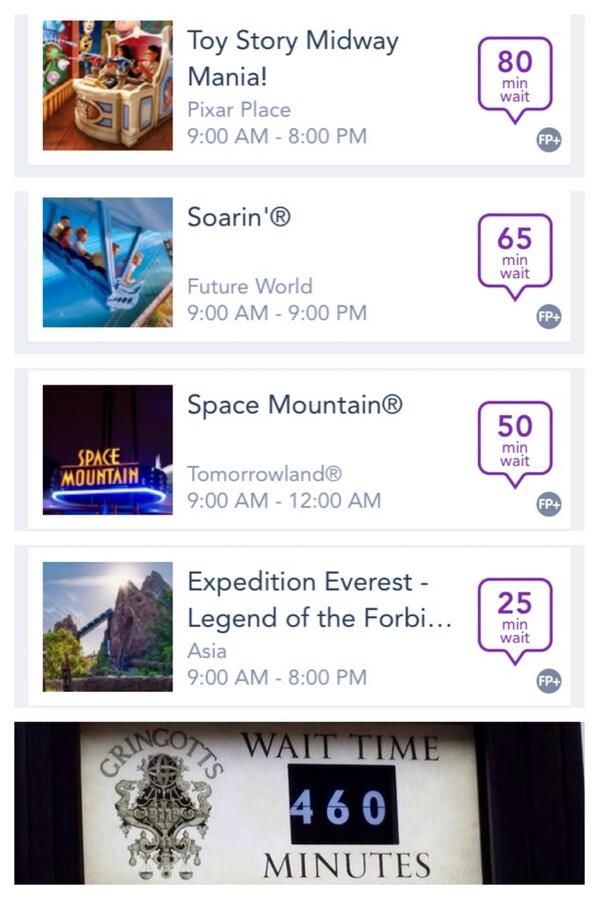Untrue.
If 1,000 people can ride Peter Pan's flight in an hour, and there are, with no FP, 1,000 people in line, every person with wait 60 minutes (assuming steady-state line length). If Disney tells 500 of those people they don't need to wait, and can simply come back at the appointed time, the remaining 500 people will still each wait 60 minutes, but the 500 people who get FP will wait zero minutes. The total wait time of all guests is cut in half. Obviously, it doesn't work quite as smoothly as that, so the 500 people who get FP will actually wait a few minutes each, but the savings is not illusory or at the expense of standby riders.
What is true is that the savings are disproportionately the benefit of FP users at the expense of those who do not use FP. FP+, if it encourages broader and more even use of the system, will help to spread the benefits more evenly...likely to my detriment, as I had historically used FP for more than 3 attractions most days.
Be careful not to forget that for the 500 with a return time, a virtual queue exists. Wait time is
not cut in half.
When someone is given a return time, they
are waiting, just not in the physical line.
This was the idea behind the original FastPass. Save guests a spot in line and (hopefully) they’ll go to the shops and buy stuff. The reality was that most guests simply jumped into another Standby line. Effectively, they were in two lines at once, increasing overall demand.
Using your example, if Peter Pan has a capacity of 1000 guests/hour and 1000 people randomly show up to ride it over the course of the hour, then the wait time is essentially 0.
In this example, giving half those people a FP+ return time is meaningless since the ride is essentially a walk-on. In this case, supply equals demand.
Now let’s take the other extreme and say that all 1000 of those people show up at the exact same instant. In this case, the first person in line waits 0 while the last person waits 60 minutes. The average wait time is 30 minutes.
Now let’s say that Disney gives these last 500 people a return time. Those people still wait 31 to 60 minutes; they simply don’t wait in the physical line.
Wait times have not changed; only the geography of where the wait occurs has changed.
Disney wants you to use that time to shop. Me, I'm going to jump in the line for IASW, increasing the demand for that attraction, causing its Standby line wait time to increase.





